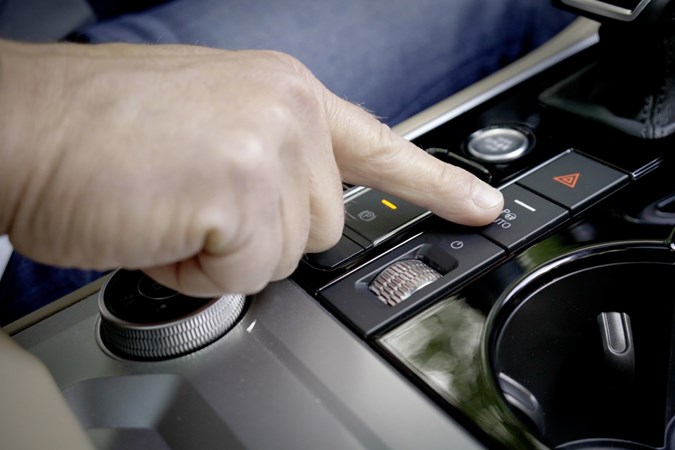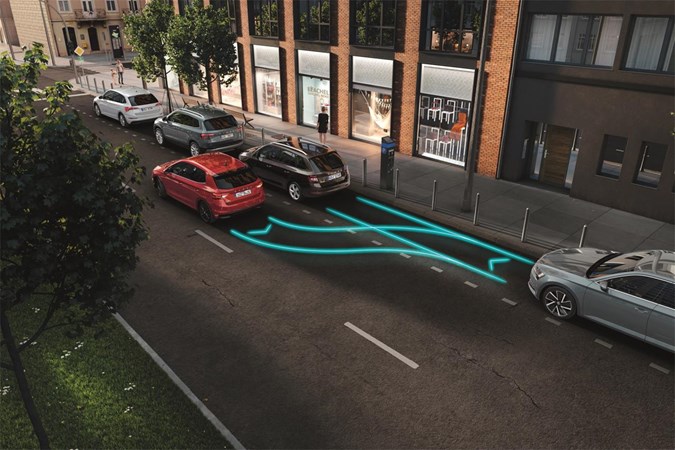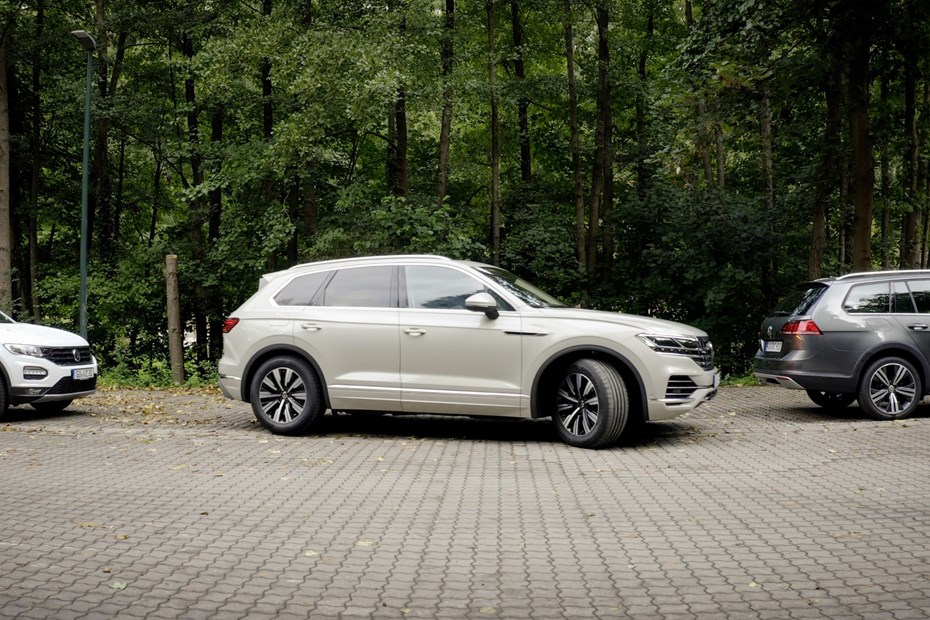Automatic parking – otherwise known as assisted parking – is a helpful driver aid that manages the steering input of a car during parking manoeuvres, leaving just control of the braking and acceleration up to the driver.
Automatic parking systems use cameras and parking sensors to scan road edges for suitably big parking spaces. Once engaged and in the correct gear, the car will begin to steer itself without any input from the driver, working out the necessary angles itself to fill the space.
They’re marvels of modern engineering, if a little unnerving to use at first. Here, on this page, we’ll explore how automatic parking systems work, whether they’re necessary and how to stay safe while letting your car do your turning for you.
How do automatic parking systems work?
Self-parking systems vary between manufacturers but they typically scan for a suitable parking space (either parallel street side or in a perpendicular bay) below a certain speed, after the driver has pressed the park assist button.

In some cars, you’ll need to use the indicator to select which side of the car you intend to park, Once a big enough space has been detected, it’ll instruct the driver that the system is ready to start the manoeuvre.
The car will begin to steer itself into the space while the driver controls the accelerator and brake pedals. Once the car is in the space, the system will instruct the driver to retake control of the steering wheel and bring the car to a stop.
Some automatic parking systems will help get drivers out of street side parking spaces, though usually only part of the way out before the driver must retake control.
If you’re after the most advanced parking systems, look to a car like the BMW 7 Series, which can be parked via the car’s digital display key (you don’t even need to be in the car).
Do I need one?
Parking assist can be an especially useful tool for inexperienced or unconfident drivers as it can alleviate some of the pressure of parking by making decisions for you. Make no mistake, parking assist still requires a lot of attention and awareness from the driver but can at least help with when and where to turn.

They’re not the fastest systems, but can be impressively accurate, taking the stress out of manoeuvring into tight gaps. Automatic parking can also be especially useful if you live somewhere with tight on-street parking, for example.
Otherwise, you’re probably better off without. Using the system can be time consuming, especially if you’re doing it with a queue of traffic behind you. In some cases, it’ll be quicker to just do it yourself, plus you’ll have to spec it as an optional extra in most cases.
Tips for using an automatic parking system
• Try practicing on a quiet road first. Failing to successfully park with traffic waiting in both directions will only heap on the stress and pressure of the moment. We recommend trying a few practice runs on a quiet stretch of road first to pick up some experience.
• Go slow. Even if you’re in a high-pressure situation, don’t rush the procedure as you could end up crashing. You have control of the power, so take it slow and ease yourself into the parking spot. If the system didn’t get it quite right the first time, ease yourself out and try again.
• Always stay alert. While assisted parking systems are very advanced these days, that’s not to say they can’t get it wrong. Sometimes, your car could be on a dangerous trajectory that the system is simply oblivious to. Use your common sense when necessary and intervene if you’re about to hit something.
Automatic parking systems can be found across a range of vehicles, from the Vauxhall Corsa to the Ford Focus, the Mercedes E-Class and Volkswagen Tiguan.









